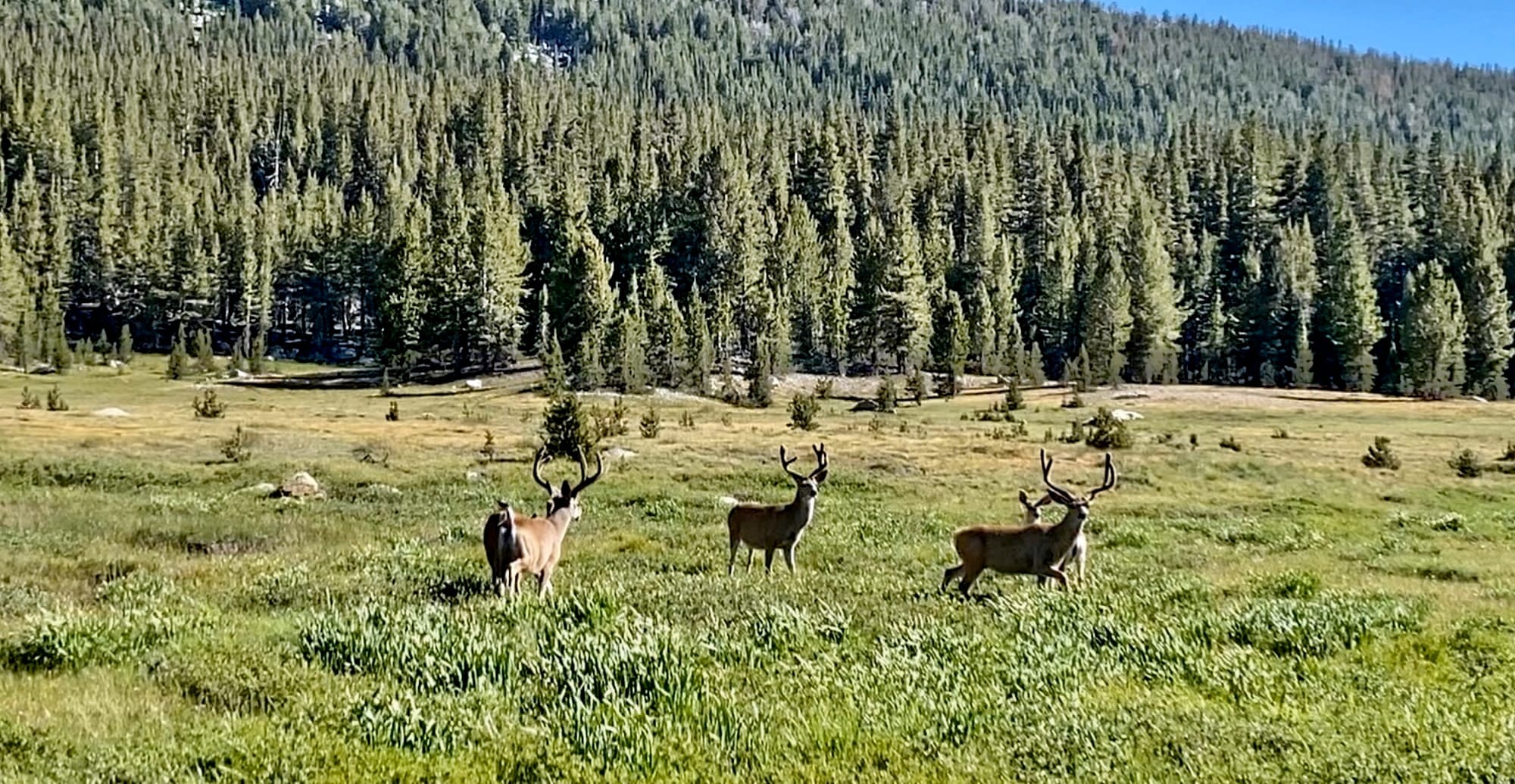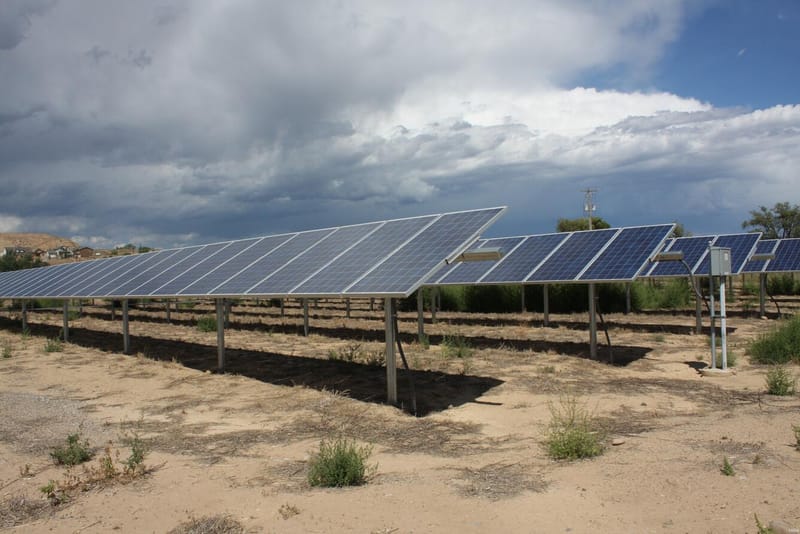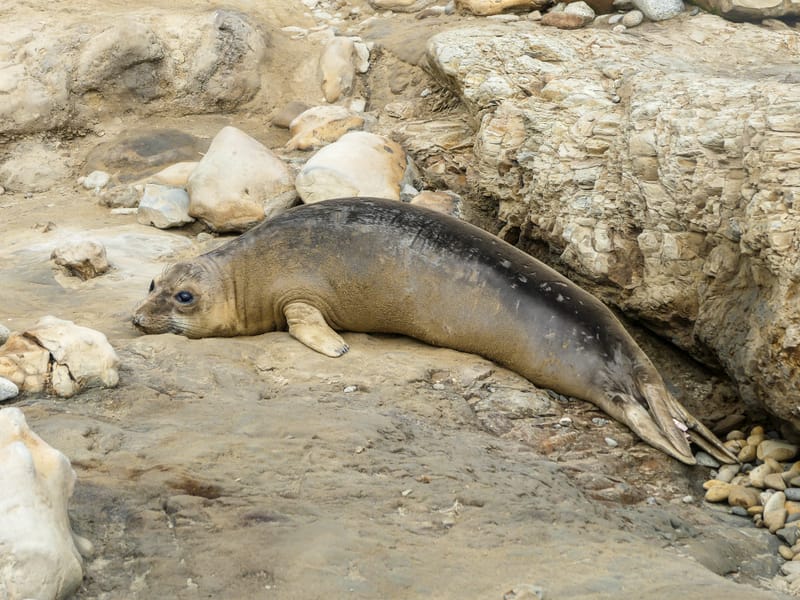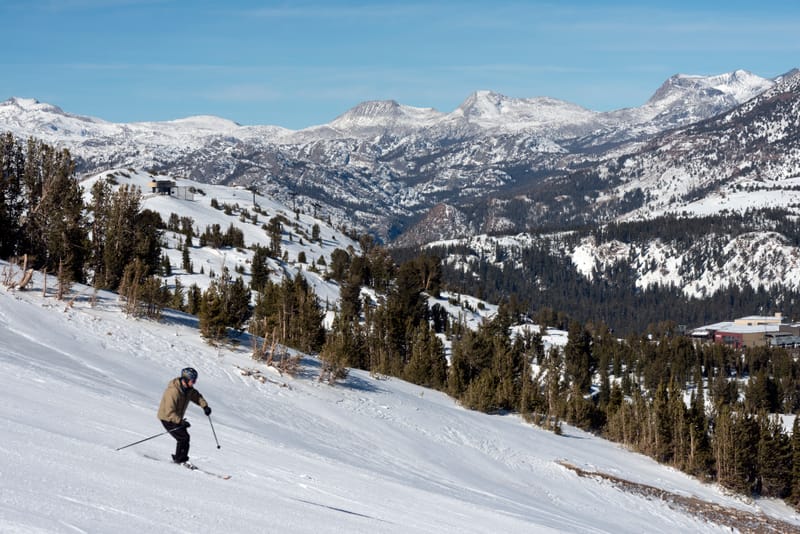How to help birds and animals safely during California wildfires
When wildfires hit California, the impulse to help wildlife is strong—but not all help is helpful. Learn what the California Department of Fish and Wildlife recommends for safely and effectively supporting animals after fire events.
California’s wildfires don’t just affect people—they disrupt habitats, force animals into new territory, and often leave wildlife injured, orphaned, or displaced. While it’s natural to want to help, the wrong kind of help can put both humans and animals at risk.
This guide walks you through the best way to support California’s wild animals during and after a wildfire, based on official guidance from the California Department of Fish and Wildlife (CDFW).
The Urge to Help Is Good—But Be Careful How You Do It
After a wildfire, you might see deer wandering near roads, birds grounded by smoke, or even predators venturing into urban areas. But stepping in yourself, even with good intentions, can actually make the situation worse.
Here’s why:
- Wild animals are unpredictable and can be aggressive—especially when they’re injured or afraid.
- Providing food or water can encourage animals to stay in burned areas where they’re at risk of further harm.
- Close contact spreads disease between wildlife, and from animals to humans or pets.
- Untrained care can prolong an animal’s suffering or reduce its chance of returning to the wild.
What to Do If You Encounter a Wild Animal After a Fire
If you come across a sick, injured, or orphaned animal:
- Don’t approach or try to handle it.
- Give it space and an escape route.
- Contact a licensed wildlife rehabilitator—they’re trained to provide the care needed.
- Use these official directories to find help:
Wildfire Encounters: Which Animals You Might See—and What to Know
After a wildfire, it's not unusual to spot wildlife in unfamiliar places. Many of the animals listed below are known to flee fire zones and may appear in neighborhoods, on roadsides, or even in backyards. Understanding their behavior is the first step in keeping both them and yourself safe.
Use the table below to explore official CDFW guidance on each species, including what to do (and what not to do) if you see one.
Some of these links may require log in to the CDFW site.
| Animal | Encounter Zones |
|---|---|
| Badgers | Grasslands, open fields |
| Bats | Attics, trees, bridges |
| Beavers | Wetlands, streams |
| Bighorn & Pronghorn | Deserts, mountain ranges |
| Birds | Urban trees, coastlines |
| Black Bears | Forests, suburban areas |
| Bobcats | Chaparral, woodlands |
| Coyotes | Urban edges, open country |
| Deer & Elk | Woodlands, meadows |
| Foxes | Wooded neighborhoods |
| Gray Wolves | Remote forests |
| Insects | Gardens, near lights |
| Marine Mammals | Beaches, coastal waters |
| Mountain Lions | Mountainous terrain |
| Rabbits & Hares | Fields, gardens |
| Raccoons | Urban settings, trees |
| Native Rodents | Forests, fields |
| Skunks and Opossums | Backyards, sheds |
| Snakes | Trails, tall grass |
| Squirrels | Parks, forests |
Why Feeding Wildlife Is Almost Always a Bad Idea
Even if animals appear hungry or dehydrated, feeding and watering them does more harm than good:
- It draws them into areas where they’re exposed to toxic chemicals, hot ash, or falling debris.
- It teaches animals to rely on humans, which can lead to bolder—and more dangerous—behavior.
- It causes unnatural mingling of animals, leading to disease outbreaks among already stressed populations.
If you truly want to help, don't leave out food, water, or scraps—reach out to professionals instead.
What the Experts Are Doing
The California Department of Fish and Wildlife is actively involved in post-wildfire wildlife response. The department's teams:
- Track intake and outcomes for injured and orphaned animals
- Provide logistical and financial support to rehabilitation facilities affected by wildfires
- Respond to public reports of displaced or distressed animals
How You Can Support Wildlife Recovery
You don’t need to be on the front lines to make a difference. Here are meaningful ways to help:
Volunteer
Many licensed wildlife rehabilitation centers need hands-on help with cleaning, feeding, and facility maintenance. Contact them directly to learn more.
Donate
You can give directly to your local wildlife rehab center, or contribute to the state’s wildlife rehab fund via your California tax return:
- Use Line 439 to donate to the Native California Wildlife Rehabilitation Voluntary Tax Contribution Fund.
Report
If you find deceased animals or want to help track wildlife mortality trends:
- Report findings through the CDFW Wildlife Mortality Reporting System
Learn and Prepare
Reduce the chance of future problems by exploring the Human-Wildlife Conflicts Toolkit, which offers strategies for keeping both people and animals safe in urban-wildland areas.
In Summary
Before you act, here’s a quick breakdown of what helps—and what doesn’t—when it comes to supporting wildlife after a wildfire.
DO:
- Contact a licensed rehabilitator if you find injured wildlife
- Volunteer, donate, or contribute through your taxes
- Use official tools to report wildlife deaths or prevent conflict
DON’T:
- Feed or give water to wild animals
- Attempt to capture, move, or treat them yourself
- Encourage animals to stay in burned or urban areas
Wildfires can be devastating for California’s wildlife, but with the right approach, we can all play a role in helping animals recover safely. By avoiding direct interaction, reporting concerns to professionals, and supporting licensed rehabilitation efforts, you’ll ensure that your actions make a difference.







